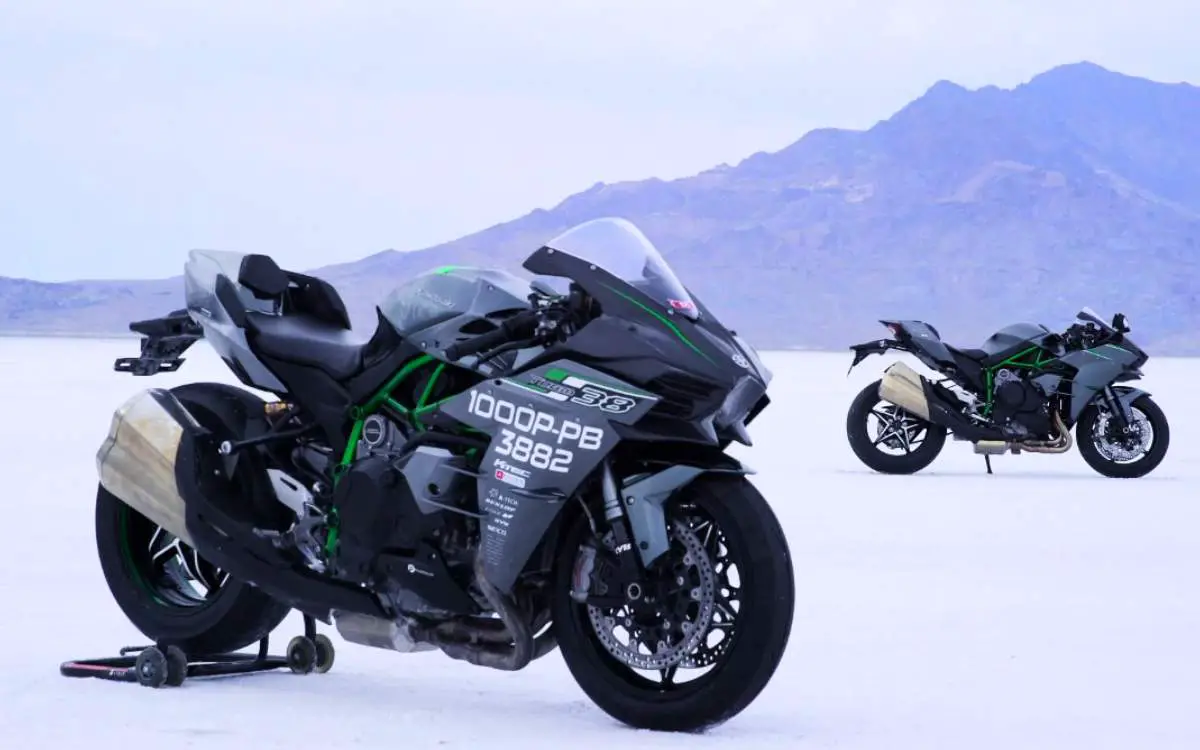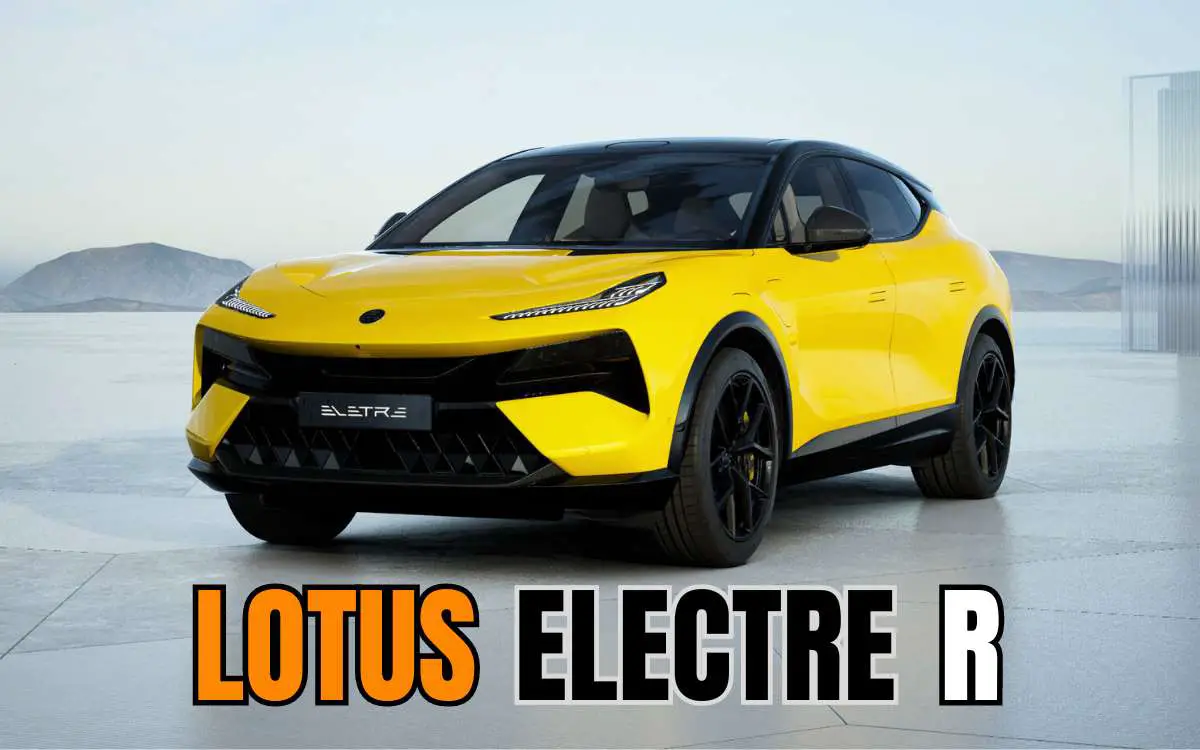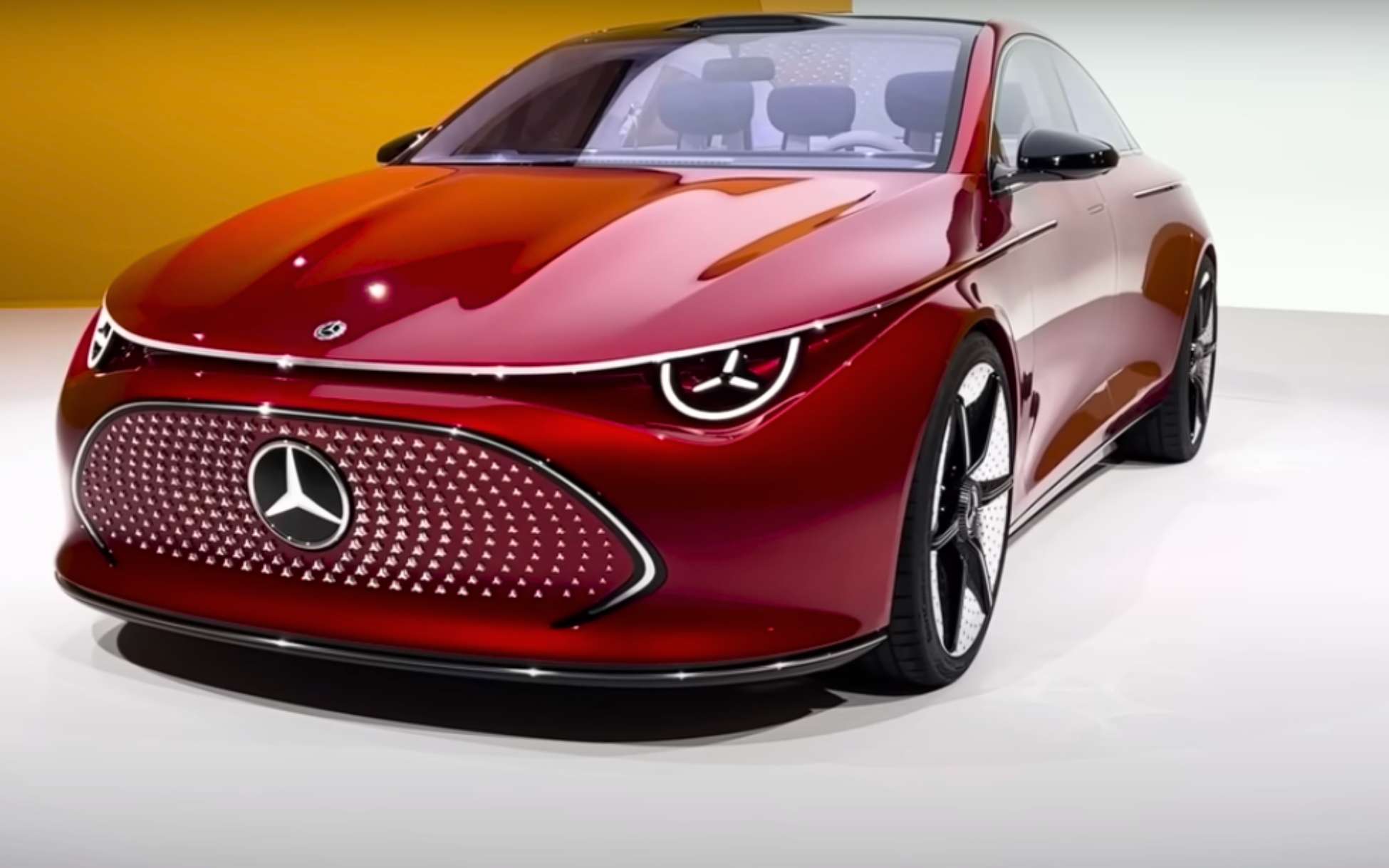If you’re a motorcycle enthusiast, you’ve probably heard of the Kawasaki Ninja H2R – a powerful superbike that is impressive in many ways.
It’s a machine that seems like it’s come straight out of a science fiction movie, possessing breathtaking speed and futuristic design.
But, “Is the Ninja H2R street legal?” – the simple answer is NO for many countries but YES for some countries.
So, let’s explore more about this superbike. The article covers what the Kawasaki Ninja H2R is, why it’s not street-legal in most countries, where it is allowed, and whether it’s safe to ride on public roads.
What is the Kawasaki Ninja H2R?
Before we discuss its street legality, let’s first understand what makes the Kawasaki Ninja H2R so special.
The Ninja H2R is not your typical motorcycle; it’s a track-only bike designed for pure adrenaline-pumping racing excitement.
The “H2R” in its name stands for “Race,” and that’s precisely what it was built for – high-speed racing on the track!
A Powerful Superbike
The Ninja H2R is not just powerful; it’s indeed a marvel of engineering. At its core lies a supercharged 998cc inline-four engine that produces mind-blowing power.
It churns out over 300 horsepower, which is far beyond what you’d find in most street-legal motorcycles.
With this extraordinary engine, the Ninja H2R can achieve blistering acceleration and reach top speeds that seem almost unreal with two wheels.
Futuristic Design and Technology
Not only is the Ninja H2R powerful, but it also boasts a futuristic and aggressive design that sets it apart from any other motorcycle on the market.
From its sharp lines and menacing appearance to its aerodynamic bodywork, every aspect of the H2R’s design is aimed at maximizing performance on the racetrack.
Why is the Ninja H2R Not Street Legal?
Now, let’s get to the heart of the matter – why is the Ninja H2R not street-legal in most countries? The answer lies in the strict requirements that a motorcycle must meet to be deemed fit for public roads.
Requirements for a Motorcycle to be Street Legal
To be considered street legal, a motorcycle must adhere to various safety and regulatory standards set by each country’s governing authorities.
These requirements are put in place to ensure the safety of both the rider and other road users.
Comparison of basic requirements for a motorcycle to be street legal in the USA, Canada, UK, and Australia
| Requirement | USA | Canada | UK | Australia |
| Headlight | DOT-approved, two modes: high beam and low beam | Same as in the USA | Same as in the USA | Same as in the USA |
| Taillight | DOT-approved, visible from at least 500 feet to the rear | DOT-approved, visible from at least 150 meters to the rear | DOT-approved, visible from at least 60 meters to the rear | DOT-approved, visible from at least 100 meters to the rear |
| Brake light | DOT-approved, comes on when the brakes are applied | Same as in the USA | Same as in the USA | Same as in the USA |
| Turn signals | DOT-approved, visible from at least 300 feet to the front and rear | DOT-approved, visible from at least 100 meters to the front and rear | DOT-approved, visible from at least 45 meters to the front and rear | DOT-approved, visible from at least 80 meters to the front and rear |
| Horn | Loud enough to be heard from at least 200 feet away | Loud enough to be heard from at least 100 meters away | Loud enough to be heard from at least 60 meters away | Loud enough to be heard from at least 100 meters away |
| Mirrors | DOT-approved, provide a clear view of the rear | Same as in the USA | Same as in the USA | Same as in the USA |
| Tires | DOT-approved, tread depth of at least 1/16 inch | Same as in the USA | DOT-approved, tread depth of at least 1.6 mm | DOT-approved, tread depth of at least 1.6 mm |
| License plate | Clearly visible from the rear | Clearly visible from the rear | Clearly visible from the rear | Clearly visible from the rear |
| Registration | Registered with the state DMV | Registered with the provincial DMV | Registered with the DVLA | Registered with the state or territory transport authority |
| Insurance | Insured in accordance with state law | Insured in accordance with provincial law | Insured in accordance with the Motor Insurers’ Bureau (MIB) | Insured in accordance with state or territory law |
Reasons for Ninja H2R is not street legal
1 – Lacks Safety Features
The Ninja H2R, being a track-focused motorcycle, lacks several crucial safety features that are mandatory for street-legal bikes. For instance, it doesn’t have,
- Turn signals
- Mirrors
- Horn.
These features are essential for communicating with other drivers on the road and being aware of the surroundings, which is especially vital in everyday traffic situations.
2 – Tires Not Designed for Street Use
Another reason why the Ninja H2R is not street legal is its tires.
This track-focused machine is equipped with high-performance racing tires that are specifically designed for optimal grip and control on the racetrack.
While these tires offer exceptional performance on smooth and controlled surfaces, they are not suitable for everyday street use.
They may not provide sufficient grip on irregular road surfaces, making the motorcycle unstable and dangerous to ride on public roads.
3 – Excessive Power
Perhaps the most significant factor contributing to the Ninja H2R’s non-street legal status is its sheer power.
As mentioned earlier, the H2R’s supercharged engine delivers an unprecedented amount of horsepower, making it a truly beastly machine.
While this immense power is perfect for track racing, it can be overwhelming and difficult to handle on public roads, where speed limits, traffic, and other obstacles come into play.
H2R vs. H2: A Comparison
You might wonder if the street-legal version of the Ninja H2, known simply as the “H2,” is a suitable alternative.
The Ninja H2 shares the same supercharged engine as the H2R but comes with some notable differences.
Here is the comparison of specs of H2R and H2.
| Feature | Ninja H2R | Ninja H2 |
| Engine | 998cc, supercharged, inline-four | 998cc, supercharged, inline-four |
| Power | 317.10 bhp @ 14,000 rpm | 200 hp (150 kW)–210 hp (160 kW) with ram-air |
| Torque | 165 Nm @ 12,500 rpm | 134 Nm @ 10,500 rpm |
| Weight | 216 kg (476 lb) | 238 kg (525 lb) |
| Top speed | Over 300 mph | 230-240 mph |
| Suspension | Öhlins TTX36 front and rear | Showa Separate Function Big Piston Fork (SFF-BP) front and rear |
| Brakes | Brembo Stylema monobloc front and rear | Brembo M4.32 monobloc front and rear |
| Wheels | 17-inch forged aluminum | 17-inch cast aluminum |
| Tires | Pirelli Diablo Supercorsa SP | Pirelli Diablo Rosso Corsa II |
| Price | $55,000 | $35,000 |
Street-Legal Modifications of H2 (Compared to H2R)
The Ninja H2 is designed to be street legal and complies with the necessary safety requirements, such as having turn signals, mirrors, and other essential features.
It also comes with tires suitable for street use, making it a much safer and legal option for road riding.
Reduced Power in H2
While the Ninja H2’s engine is incredibly potent, it is slightly detuned compared to the H2R, making it more manageable for everyday riding on public roads.
Despite the reduction in power, the Ninja H2 still delivers an exhilarating experience that most riders will find more than satisfying.
Where is the Ninja H2R Street Legal?
While the Ninja H2R is not street legal in most countries due to its lack of safety features, specialized tires, and excessive power, there are a few exceptions.
Some countries with strict motorcycle regulations and private track facilities allow limited use of the Ninja H2R under controlled conditions.
However, it’s important to note that even in countries where the H2R might be permitted for certain track events or private use, riding it on public roads remains prohibited.
Here listed down several countries where H2R is street legal and the restrictions they have enforced on riding it.
| Country | Registration | License plate | Speed limit | Restrictions |
| Australia | No | No | No | Only allowed to be ridden on closed circuits |
| Germany | Yes | Special | 160 km/h (100 mph) | Ban on riding in certain areas |
| Italy | Yes | Special | 200 km/h (124 mph) | Ban on riding in certain areas |
| Spain | Yes | Special | 200 km/h (124 mph) | Ban on riding in certain areas |
| Switzerland | Yes | Special | 200 km/h (124 mph) | Ban on riding in certain areas |
Apart from the aforementioned countries, the Ninja H2R is also considered street legal in several other nations, including Andorra, Austria, Belgium, Finland, France, Luxembourg, Monaco, Netherlands, Portugal, Slovenia, and Sweden.
Nevertheless, it’s important to note that the regulations and limitations imposed on the Ninja H2R may differ in each of these countries.
Is it Safe to Ride the Ninja H2R on Public Roads?
In a nutshell, riding the Ninja H2R on public roads is not recommended.
The motorcycle’s design and specifications make it unsuitable for street use.
The combination of its immense power, lack of safety features, and specialized tires can lead to hazardous situations and put both the rider and other road users at risk.
Modifying the Ninja H2R for Street Use
Some enthusiasts might wonder if it’s possible to modify the Ninja H2R to make it street legal.
While theoretically possible, it’s essential to understand the challenges and potential risks involved in such modifications.
Necessary Modifications
To make the Ninja H2R street legal, significant modifications would be required.
These may include adding turn signals, mirrors, and other missing safety features, as well as replacing the track-focused tires with street-legal ones.
Compromising Performance
However, modifying the H2R for street use might compromise its original design and performance.
The motorcycle’s core identity is built around track racing, and converting it for street use may impact its handling, balance, and overall performance.
Conclusion: The Ninja H2R – A Thrilling Track-Only Bike
In conclusion, the Kawasaki Ninja H2R is undoubtedly one of the best bikes that every motorcycle lover would love to ride. However, it is crucial to remember that the H2R is purpose-built for the track and not meant for regular street use.
If you are a racing enthusiast with access to a private track, the Ninja H2R could be your ultimate dream machine. But for everyday street riding, it’s best to explore street-legal alternatives that prioritize safety and compliance with road regulations.
So, while the Ninja H2R may not be street legal in most countries, its track-only status ensures that it remains a legendary motorcycle that continues to push the boundaries of what is possible in the world of superbikes.






Leave a Reply